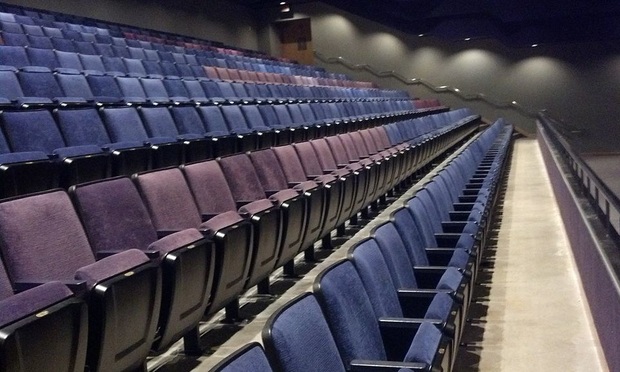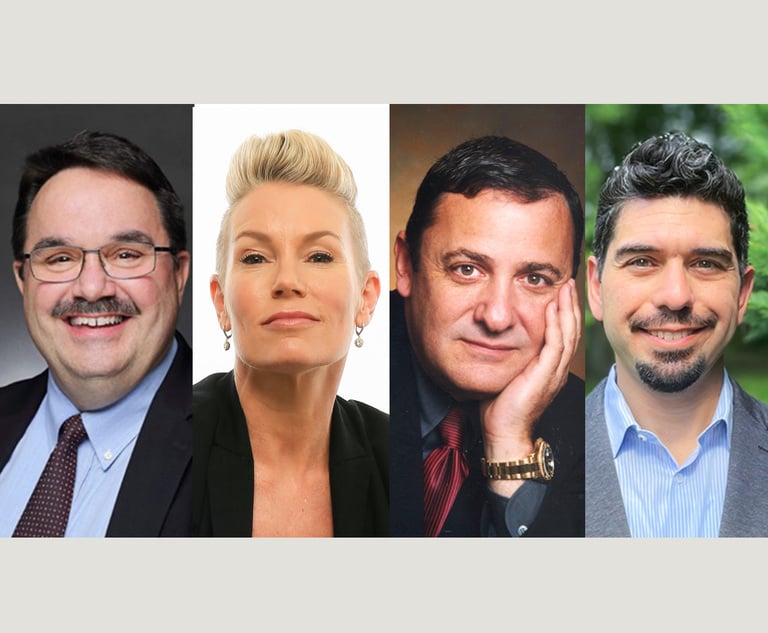Although most trial commentators focus on trial itself, that event is the culmination of a long process that in all likelihood has included what those in theater studies would consider instances of “rehearsal.” As theater theorists know, the understanding of a performance is enhanced by knowing something about the dynamic production process standing behind that performance. Part of their interest is, as Gay McAuley suggests, “in the way the complex strands of the subsequent performance came together, how the dominant signifiers came to be selected, what role was played by the written text in this process, and how the same text is able to tell such different stories and convey such different meanings in the theatre.” But rehearsal practices—like all methodologies and strategies—are not a unitary, concrete “thing.” As Kate Rossmanith puts it, “Rehearsals are a thick weave of diverse practices and discourses; rehearsals, by their very nature, are ‘murky.’” What we do know, though, is that a good deal of what looks like “editing” takes place throughout the process.
Erving Goffman once quipped that “All the world is not, of course, a stage, but the crucial ways in which it isn’t are not easy to specify.” A corollary proposition might be that witness preparation is not rehearsal, but the ways in which it isn’t are not easy to specify. Theatrical rehearsals often start with a read-through of a play around a table, where, according to playwright Raimondo Cortese, the actors and director make decisions about things like the “action” of the text and “characterization.” In a roughly analogous way, trial preparation (perhaps as early as the “investigation” stage of a case) may begin with a group meeting of all (or at least the key) witnesses. Former prosecutor Roberta Flowers notes that “this method is the surest way to avoid contradictions among the witnesses by assuring that each knows what the other witnesses remember.” There are of course ethical pitfalls in this approach, but it’s a common practice and one with great utility, given the need to create a chronology around which an advocate will build his or her trial “story”—a story that naturally will include only selected bits of the incidents and evidence.


 Photo by Ecdoerin via Wikimedia Commons.
Photo by Ecdoerin via Wikimedia Commons.




